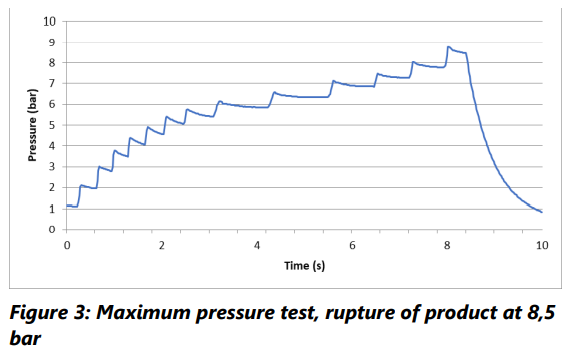UV adhesive bonding for microfluidic applications
- asayed1
- Dec 8, 2021
- 3 min read
In the development and manufacturing of microfluidic consumables bonding is often a challenge as well as an essential process that must be scalable and cost-efficient. Other parameters that are critical for this process are that the bond is stable and does not leak. Imaging often plays an important role especially in diagnostic testing, so the optical properties of a bonded part are also often of importance. As the consumable will likely be in contact with biological materials it is often required to eliminate the contact to glues or keep it to a minimum.
At Axxicon we developed a bonding process that addresses these challenges and is based on a precision printing process using modified UV glues. The glue will be printed in a defined pattern around the microfluidic structures.
The process is defined in three steps:
1. Designing
The print design is custom-made per product and is completely adaptable. Creating a design can be done as early as in the design for manufacturing phase (DFM) of the product. There are only a few limitations that need to be kept in mind. Because of the printing technique used there is minimal space required between microfluidic features. And adding alignment features increases the level of accuracy to 3-5µm on x- and y-axis. Printing Using alignment features makes it possible to print on complex structures and non-conform outer shapes of products with very high precision. The printing process is optimized per product. By tweaking the design and parameters it is possible to control the flow of the adhesive after printing to prevent flowing into the channel. The type of composition of the adhesive can be changed to match the application’s requirements.
2. Printing
Using alignment features makes it possible to print on complex structures and non-conform outer shapes of products with very high precision. The printing process is optimized per product. By tweaking the design and parameters it is possible to control the flow of the adhesive after printing to prevent flowing into the channel. The type or composition of the adhesive can be changed to match the application’s requirements.

3. Curing
Bonding is done in a press that is custom-made. With the help of guiding plates, it is possible to bond the parts very accurately on the outer dimensions of the product. The microfluidic slides will be pressed together with controlled force and alignment. After this, they will be exposed to UV light. The press is controlled with a Programmable logic controller (PLC), which takes away the human error. An array of parameters can be modified to achieve the wanted bond and consider the duration or intensity of the UV light.

Commercial properties
Axxicon’s UV-adhesive-based bonding technique has strong advantages when it comes to scalability. The printing technology can easily be upscaled to a situation where it could be integrated into an automated production line and can be done in one movement. For low production volumes, it can be done manually, the cycle time of this is around 60 seconds, depending on the design and size of the product.
• At medium production volumes (10k and up batches) it can be upscaled to a semi-automatic process where the cycle time lowers to ~30-40 seconds.
• At high production volumes, an in-line process can be set up. The cycle time per product then reaches the speed of injection moulding products from 10-15 seconds.


The cost of the adhesive itself has very little impact on the cost of the consumable as it is below 0.1 cents per bonded sample. The shelf-life after bonding is 12+ months.
For more information, visit:





Comments